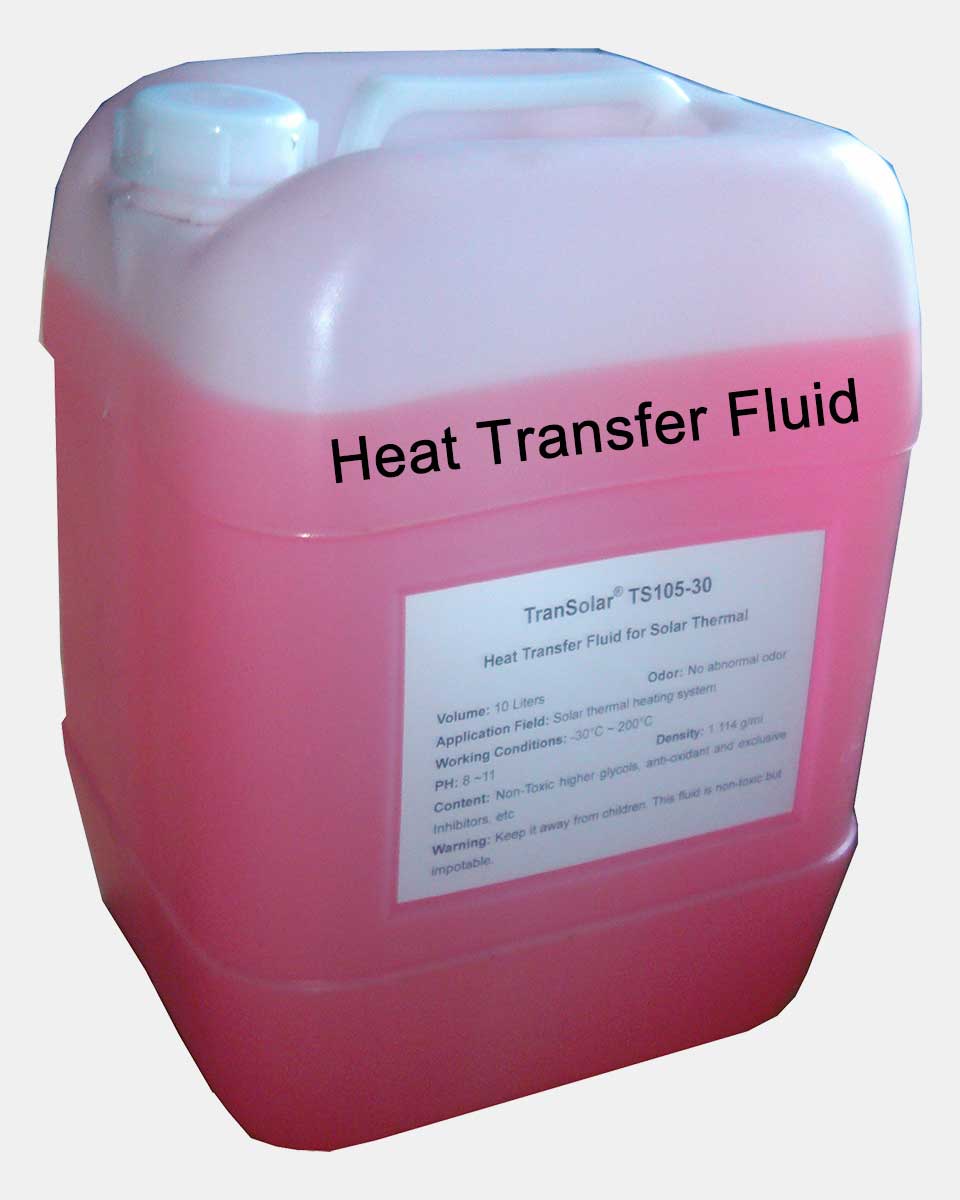Exploring Dielectric Cooling Fluid: Vital Properties and Benefits in Electrical Equipment
Exploring Dielectric Cooling Fluid: Vital Properties and Benefits in Electrical Equipment
Blog Article
Why Choosing the Right Heat Transfer Fluid Is Critical for Optimal System Performance
Picking a proper warmth transfer liquid is an essential decision that can significantly affect system effectiveness and operational costs. As the ramifications of this option prolong much beyond instant performance, comprehending the subtleties of fluid selection ends up being vital for anybody looking to achieve optimum system efficiency.
Significance of Heat Transfer Fluids
What role do warmth transfer fluids play in industrial procedures? Warmth transfer liquids are necessary for the effective transfer of thermal energy within different industrial systems.
The selection of heat transfer liquid can significantly impact power effectiveness, safety, and equipment durability. Liquids must be qualified of holding up against high temperatures and pressures without breaking down, as well as exhibition marginal volatility and low toxicity. Their efficiency straight influences not only the efficiency of the system but additionally its operational prices.
Moreover, warm transfer liquids play a critical function in preserving procedure control, making certain that temperature variations are decreased. This is especially important in delicate applications such as petrochemicals and pharmaceuticals, where specific temperature level management is vital. On the whole, the importance of picking the best warm transfer liquid can not be overemphasized, as it is essential to maximizing industrial procedures and improving overall system performance.
Trick Feature to Take Into Consideration
When picking a heat transfer fluid, which key homes should be prioritized to make sure optimum performance? Thermal conductivity is vital; a liquid with high thermal conductivity will efficiently transfer warmth, decreasing power loss. In addition, the details heat capability of the fluid is vital, as it determines just how much power the fluid can save and release, impacting overall system responsiveness.
Thickness is another significant residential or commercial property to consider, as it affects the liquid's circulation attributes; reduced viscosity fluids are normally chosen for simpler blood circulation and minimized pumping power. The fluid's temperature range is similarly important; it has to perform efficiently within the functional temperatures of the system without vaporizing or degrading.
Think about the environmental effect and security profile of the fluid, as laws and sustainability goals significantly influence fluid choice. By prioritizing these essential properties, one can pick a warmth transfer fluid that improves system durability and integrity.

Impact on System Performance
The option of warmth transfer liquid straight affects system performance, influencing both power intake and operational performance. A liquid's thermal conductivity, thickness, and warm ability play pivotal functions in exactly how successfully it transfers heat within a system. Optimum liquid properties guarantee that warm is soaked up and distributed efficiently, reducing power losses and improving the total efficiency of the system.

In addition, the compatibility of the liquid with system materials can significantly affect performance. A fluid that causes corrosion or deterioration can result in leaks and system failures, further decreasing performance. In recap, the right warmth transfer fluid not only takes full advantage of energy effectiveness and lowers prices but additionally enhances the integrity and longevity of the system, making it a vital consideration for designers and decision-makers in thermal monitoring applications.
Usual Kinds of Heat Transfer Fluids
A selection of warmth transfer fluids are typically employed in thermal monitoring systems, each with distinctive residential or commercial properties matched to details applications. Water is one of one of the most widely utilized warmth transfer fluids because of its high details warmth capacity, low expense, and accessibility. However, its cold point limits its usage in low-temperature applications.
Thermal oils, usually originated from oil, are another preferred selection, especially in high-temperature systems. These fluids can run at elevated temperature levels without evaporating, making them ideal for industrial applications. Nonetheless, they might have restrictions worrying thermal security.
Refrigerants, utilized primarily in cooling down systems, have distinct thermodynamic buildings that enable for efficient heat transfer at reduced temperatures. Their option is crucial to guarantee performance and compliance with environmental policies.

In addition, phase change products (PCMs) are gaining grip for their capacity to absorb and launch considerable amounts of heat during phase transitions, supplying a special option for thermal power storage space. Each liquid's certain qualities have to be examined for optimum performance.
Finest Practices for Selection
Selecting the proper warmth transfer fluid entails careful consideration of numerous essential variables that straighten with the details requirements of the application. Assess the functional temperature array. The liquid has to preserve its buildings and efficiency across the desired temperature level range. Second, think about the liquid's thermal conductivity, which affects heat transfer prices; greater thermal conductivity normally results in enhanced performance.
Additionally, evaluate the fluid's viscosity, as it influences pumping energy and overall system effectiveness. Reduced viscosity liquids usually minimize power intake throughout circulation. Compatibility with system products is Continued an additional critical element; make sure that the fluid does not create rust or deterioration of pipelines and parts.
Following, take into consideration the fluid's security and longevity, specifically in high-temperature applications. A secure liquid reduces upkeep and substitute prices. Ecological and safety and security guidelines need to lead your selection procedure, stressing safe and ecologically click here now pleasant options when possible.
Final Thought
Finally, selecting the proper warm transfer fluid is crucial for attaining ideal system efficiency. The right liquid improves thermal conductivity, reduces power losses, and promotes devices longevity, eventually resulting in enhanced system reliability and performance. Recognizing the crucial buildings and effects of various liquids on system performance is critical for informed decision-making. Abiding by finest techniques in liquid selection can cause significant lasting cost savings and functional effectiveness.
Warmth transfer liquids are important for the efficient transfer of thermal energy within numerous commercial systems. Furthermore, the particular warm capacity of the liquid is important, as it establishes just how much power the liquid can release and save, affecting total system responsiveness.
Think about the ecological influence and safety and security account of the fluid, as policies and sustainability objectives progressively influence fluid option - dielectric cooling fluid. A fluid's Read Full Report thermal conductivity, thickness, and heat ability play critical roles in just how effectively it moves warmth within a system. Water is one of the most widely made use of warm transfer liquids due to its high specific warm ability, reduced expense, and availability
Report this page